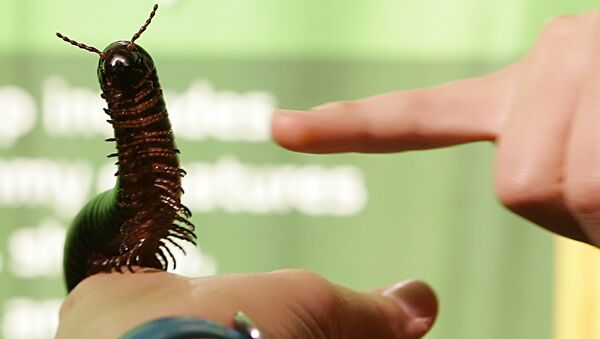A new microscopic parasitical fungus was discovered by researchers who became aware of its existence thanks to social media, Live Science reports.
The parasite, Troglomyces twitteri, is about 100 micrometers long – which is roughly the diameter of a human hair – and preys on millipedes as it attaches itself near the creature's genitals (male or female) and sucks the nutrients right out of them.
According to the media outlet, study co-author Ana Sofia Reboleira, an entomologist at the Natural History Museum of Denmark at the University of Copenhagen, said that the parasite came to her attention after a colleague of hers shared a picture a North American millipede on Twitter.
Having spotted a pair of strange dots on the millipede's exoskeleton, Reboleira moved to investigate the matter further, and a subsequent study of other American millipede specimens available in the museum's collection eventually culminated in the discovery of this previously unknown parasite.
"Until then, these fungi had never been found on American millipedes," she said. "As far as we know, this is the first time that a new species has been discovered on Twitter."
The media outlet also notes that the fact that the parasites were often found near millipede's genitals might be explained by the former spreading their spores during their hosts' mating.

